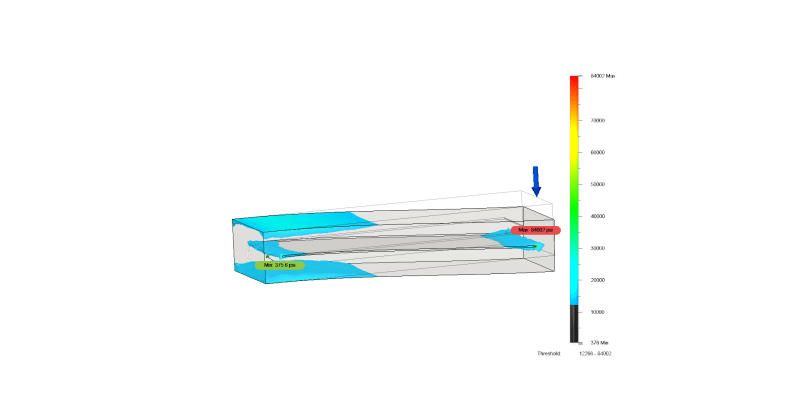TEDstruc
Civil/Environmental
- Dec 6, 2017
- 43
IN THE ATTACHED DIAGRAM, ASSUMING THE PLATES ARE CONTINUOUS IN AND OUT OF THE PAGE, WILL THE PLATES BEHAVE LIKE A COMBINED SECTION?
Follow along with the video below to see how to install our site as a web app on your home screen.
Note: This feature may not be available in some browsers.
[blue](Kootk)[/blue]
My work doesn't speak to that. Rather, it simply demonstrates the logical necessity of there being some degree of composite behavior.
[blue](BAretired)[/blue]
Shouldn't we have T = C = V*L/t where L is the length of cantilever and t is the thickness of one plate?
WARose said:Quote:
(BAretired)
Shouldn't we have T = C = V*L/t where L is the length of cantilever and t is the thickness of one plate?
Not really. It's acting more like a moment frame.
BARetired said:I don't believe that is a very accurate model as it neglects the bending capacity of the two plates which are presumably both fixed at one end.

